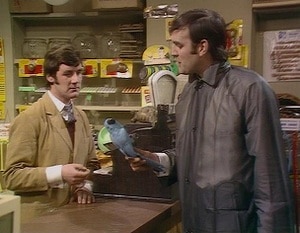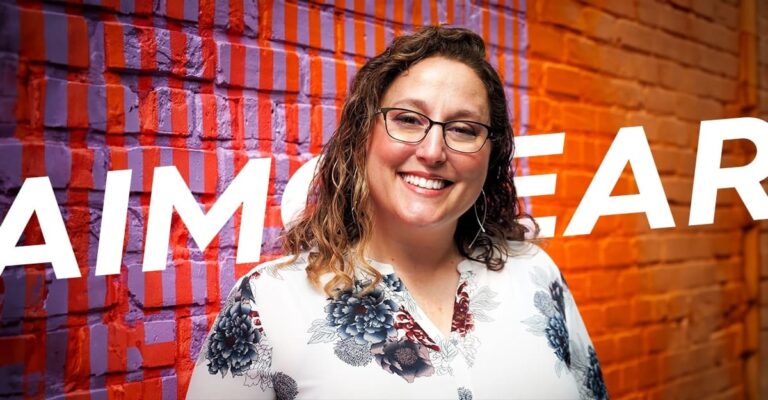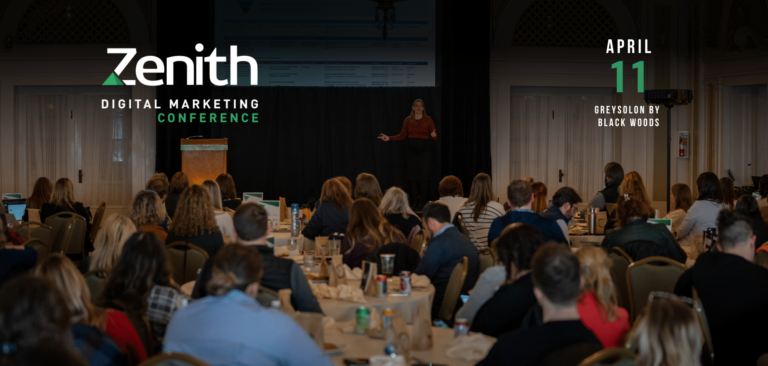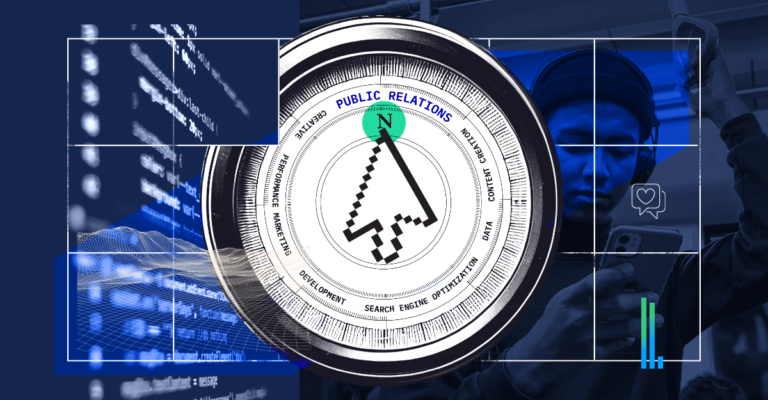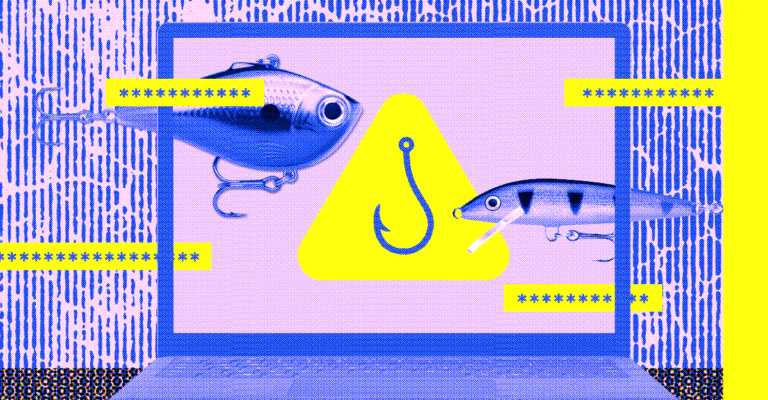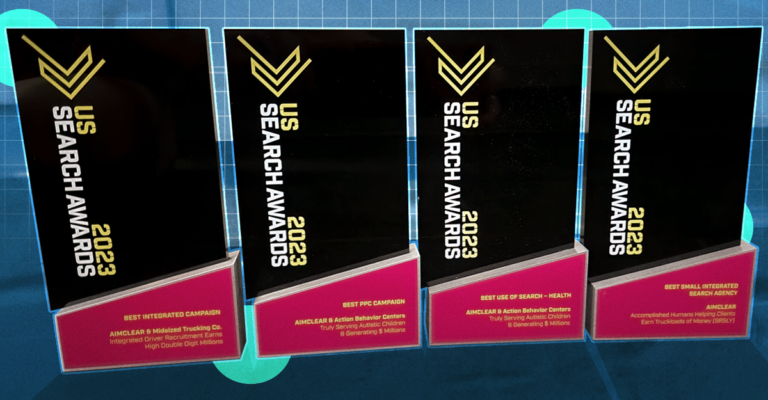
Today, several of the search engines and most of the SEO tactics featured at Search Engine Strategies Spring 2002 are deader than the Norwegian Blue in Monty Python’s The Parrot Sketch. No one needs to understand paid inclusion anymore. There are far fewer directories left to deal with. And using cloaking and doorway pages may cause your site to be perceived as deceptive and removed from the Google index.
Early last month at SES Accelerator San Diego 2012, where Marty Weintraub spoke about “Optimizing Humans! Â The Art of Data-Driven Social Marketing,” attendees were more interested in learning about Pinterest, which emerged as one of the top 10 websites within the Hitwise Social Networking & Forums category on Dec. 22, 2011, than in hearing about Google+, which was launched back on June 28, 2011.
Later that month at SES London 2012, where I spoke about “Developing a Video Optimization and Marketing Campaign,” attendees were more interested in learning about Google Search, plus Your World, which was announced on Jan. 10, 2012, than in hearing about Google Panda, which was first released back on Feb. 24, 2011.
Mike Grehan, the Global VP of Content at Incisive Media, totally absorbs all of the feedback he gets from every show like a sponge. That’s why he recently asked all the speakers to try and lean their content even further towards the advanced practitioner. Except for the intro-level Kick Start track, all of the content at SES New York 2012 will be essentially “brand new.” Heck, I won’t be giving the same presentation that I gave at SES San Francisco 2011, which was held just seven months ago. Too much has changed since then.
What does this mean for experienced marketing and advertising professionals who have been in the industry for 3 to 5 years? I think this means you will learn more tactics and best practices sooner by attending not one, but at least two SES events in 2012.
We are not working in my father’s auto industry, which introduced new Oldsmobiles once a year. We are working in an industry that has morphed from “search engine marketing and optimization” into “search and social marketing.” And that means we need to get our arms around more than the latest changes at Google, Yahoo! Search, Bing, Ask, and AOL Search. We need to embrace the social side o things. We need to get up to speed on the new developments at Facebook, YouTube, Twitter, Pinterest.com, and Yahoo! Answers.
Avinash Kaushik, who keynoted at SES London and will also keynote at SES New York, has also spotted this trend. As he told me in a recent video interview:
“You can no longer be good at just one thing, or two. It is a 10-thing world now (and maybe a 20-thing world soon).”
This is a big challenge. But times change. Many of the best practices from 10 years ago are now obsolete. Even some of the ones from six months ago are past their use-by date. That’s why we need to double our efforts to keep pace with the changes in search and social marketing. That’s why we should go to two SES Conference & Expo events a year. And maybe more.
Greg Jarboe is President and co-founder of SEO-PR.
Opinions expressed in the article are those of the guest author and not necessarily those of AIMCLEAR LLC or AIMCLEAR Blog.

